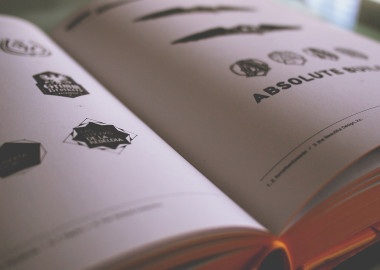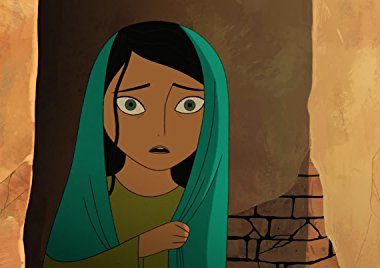We always hear of companies branding themselves but what about places? Can a city have a brand?
You better believe it.
Abbotsford, a suburb of Vancouver, has one of the savviest brands around. In fact, its brand is so good I feel guilty calling it a “suburb”. They’ve convinced me they’re more than that – I’ve bought into the story that they are the “city in the country.” A great place to be in itself…that just so happens to be near Vancouver.
When you first go to the city’s website (which is excellent), the first thing you see is Canadian Idol star Karen-Lee Batten’s cute blonde face, telling you exactly why she loves her hometown.
Clever. If you can get someone else to tell your story, it’s always more powerful than if you tell it yourself. And if that person happens to be quasi-famous, all the better.
(Note: Michael Bublé recently wrote the foreword for the book we’re doing for the 100th anniversary of the PNE…a similar score, arguably bigger since Bublé just swept the Junos.)
Abbotsford has been promoting its brand story since 2006 and in 2008, it was awarded three Marketing Canada Awards.
Based on the municipality’s booming housing industry, it’s more than just a compelling marketing play. People are flocking there to live and work. That tells me that Abbotsford paid attention to their true story, their authentic brand, before they prettied it up with attractive language and a sophisticated website. By their true story, I mean that they took the time to find out what their audience – their residents, visitors, investors, and commercial tenants – felt about the place. Like the story or brand of a company, the story and brand of a city has to be rooted in reality to have any lasting effect. Otherwise, it’s just spin.
I’m closely following my own city’s branding efforts at becoming the “greenest city in the world by 2020.” Vancouver Mayor Gregor Robertson played this story loud and clear for the world to hear during the 2010 Olympics. We have a decade to wait to see if it has a happy ending.





